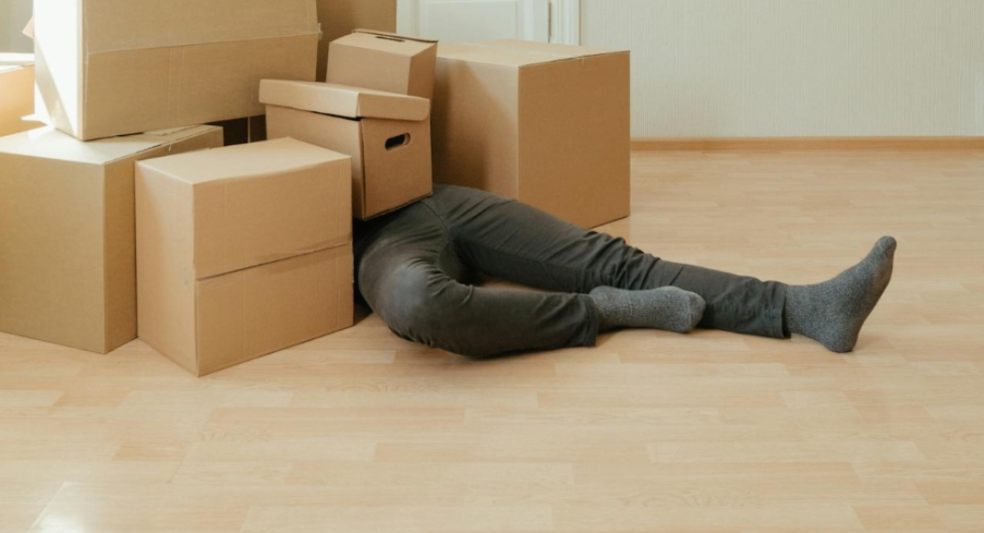
First Steps After a Workplace Accident: A Checklist for Employees
No one heads to their job expecting to be involved in an accident; however, workplace incidents are more common than many people realize. Knowing the immediate steps to take following a workplace accident not only ensures your safety but also protects your rights as an employee. This checklist will guide you through the crucial actions you should take if you find yourself in this unfortunate situation.
Seek First Aid
Your health and safety are the utmost priority after any accident occurs. Even if you believe your injuries are minor, seek first aid immediately.
Remember the ABC of first aid, which stands for Airway, Breathing, and Circulation. If you or someone else is having trouble breathing, experiencing severe bleeding, or any other life-threatening condition, call the emergency services right away.
If your injuries are not life-threatening, seek first aid from a designated first aider in your workplace. They will be able to assess your injuries and provide appropriate treatment or refer you to a medical professional if necessary. It is essential to document any treatment you receive, including the date, time, and details of the first aid provided.
Report the Accident
Reporting the accident to your employer is crucial for both your safety and your rights as an employee. Most companies have a specific protocol for reporting workplace accidents; make sure you follow these guidelines.
At the time of the accident, you may not be able to provide a detailed report due to your injuries. Still, it is essential to inform your supervisor or HR representative as soon as possible. Even if you believe your injuries are minor and do not require medical attention, it is crucial to document the incident in case any complications arise later on.
Consult with a Doctor
Even if you do not believe your injuries are severe, it is crucial to consult with a doctor after a workplace accident. Some injuries may not manifest symptoms right away, and delaying medical treatment could worsen your condition.
Depending on the severity of your injuries, you may be referred to a specialist for further treatment. It is essential to follow all recommended medical advice and attend any follow-up appointments.
Call Emergency Services If Necessary
If the incident is serious, don't delay in calling emergency services.
- Call 911 in the US or 999 in the UK: For serious injuries, or if someone is unresponsive or in distress, call emergency services right away.
- Stay calm: Try to remain calm and provide clear, concise information to the dispatcher.
Document the Incident and Keep Records
Accurate records can be critical later on, particularly if the accident results in a need for medical treatment or time off from work.
- Report the accident: Notify your supervisor or management as soon as possible, according to your company's policies.
- Witness statements: If possible, collect contact information from anyone who witnessed the accident.
- Take photographs: Use your phone to take pictures of the immediate area where the accident occurred, any injuries sustained, and anything that contributed to the accident.
Notify Your Union Representative
If you are a member of a union, it is crucial to notify your union representative about the accident. They can provide you with additional support and guidance during this difficult time. They may also be able to help you navigate any workers' compensation claims or legal actions that may arise.
Understand Company Responsibilities
Employers have legal obligations in the event of a workplace accident. They should have a process in place for reporting and responding to workplace injuries and make sure an official accident report is filed.
Your employer should also address any hazardous conditions that contributed to the accident to prevent future incidents.
Know Your Employee Responsibilities
Don't forget that you also have responsibilities following a workplace accident.
- Follow procedures: Adhere to internal policies for reporting accidents and seek medical attention as per guidelines.
- Cooperate with investigations: Provide any necessary information for workplace safety investigations.
- Comply with treatment plans: If you receive medical treatment, follow the prescribed treatment plan and attend all follow-up appointments.
Consider the Potential for Legal Claims
In some instances, accidents at work may lead to a potential legal claim
If you believe the accident was due to negligence or if you're unsure about your rights, it might be beneficial to consult with a legal firm who specialise in workplace claims. They can advise you on your options and guide you through the process. Many lawyers offer no-claim, no-fee services for personal injury cases, meaning you won't have to pay any legal fees unless your claim is successful.
Take Care of Yourself
Experiencing a workplace accident can be traumatic, both physically and emotionally. Don't hesitate to seek support from a mental health professional or reach out to family and friends for emotional support.
Make sure to prioritize self-care during this time. Get enough rest, eat well, and engage in activities that bring you joy. But don't ignore any lingering symptoms or injuries. Follow through with recommended medical treatment and seek further help if necessary.
Reducing the Likelihood of Workplace Accidents
Preventing accidents within the workplace is not only a duty but a priority for both employers and employees. Implementing a culture of safety and awareness can significantly lower the occurrence of accidents. Here are steps that can be taken to reduce the likelihood of workplace accidents:
- Regular Safety Training: Conduct safety training sessions regularly to ensure all employees are aware of safety protocols and emergency procedures. This may include first aid training, fire drills, and safety equipment usage.
- Risk Assessments: Employers should regularly conduct risk assessments to identify potential hazards in the workplace and take necessary precautions to prevent accidents from occurring.
- Proper Equipment Maintenance: Regular maintenance of machinery and equipment can reduce the likelihood of accidents caused by malfunction or wear and tear.
- Encourage Reporting of Hazards: Create an environment where employees feel comfortable reporting potential safety hazards without fear of reprisal.
- Implement Safety Protocols: Develop and enforce comprehensive safety protocols tailored to the specific risks associated with your workplace.
By taking proactive steps towards safety, employers can create a safer workplace environment that minimizes risks and protects employees from harm.
Conclusion
Workplace accidents are stressful, but knowing what steps to take can help you maintain control over the situation. Always prioritize your personal safety, and don't hesitate to use the resources available to you as an employee. By following this checklist, you'll help ensure that your health, legal rights, and job security are protected after an accident on the job.
Remember, preparedness is key. Familiarize yourself with your workplace's emergency procedures today so you can act swiftly and effectively if an accident occurs tomorrow.













